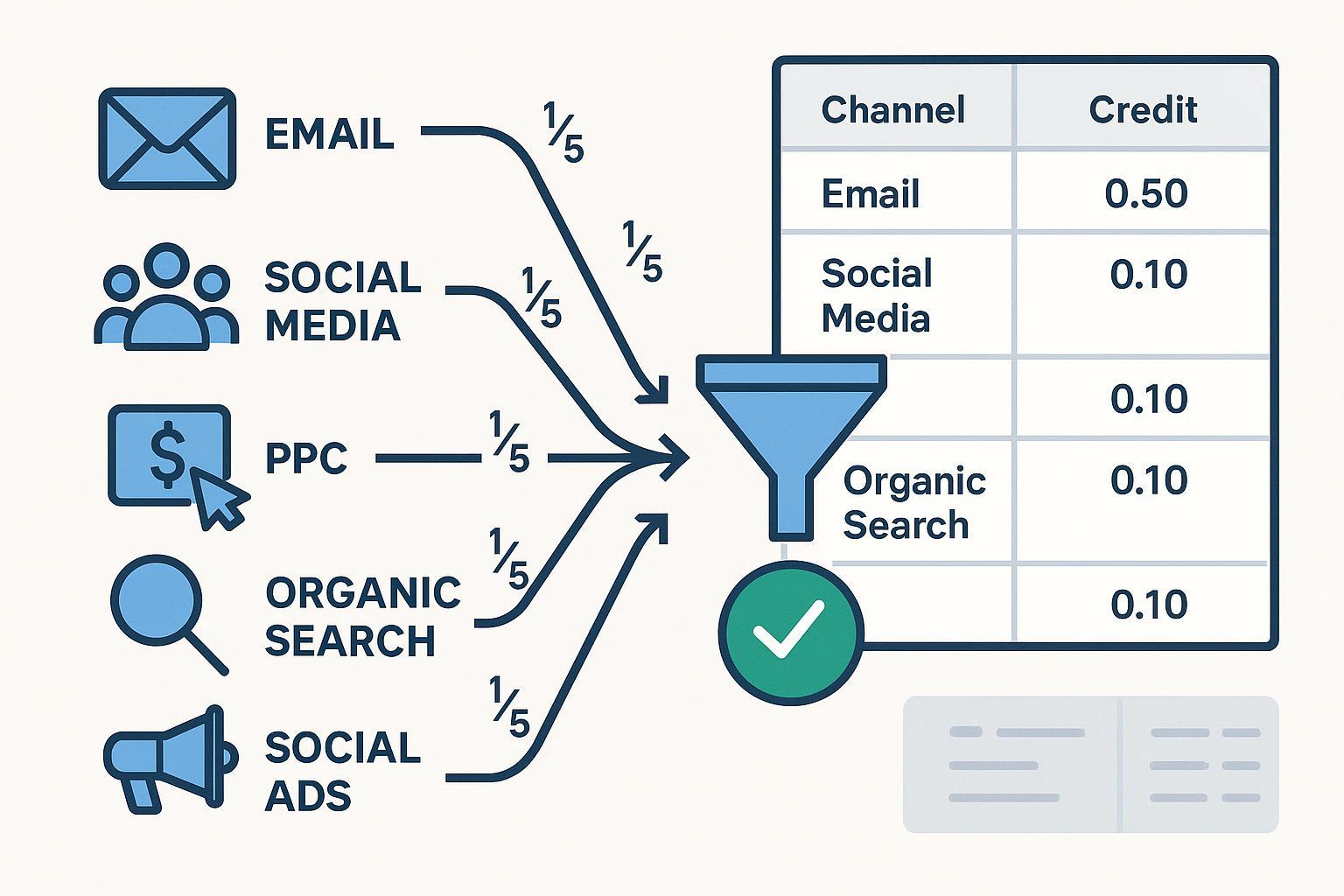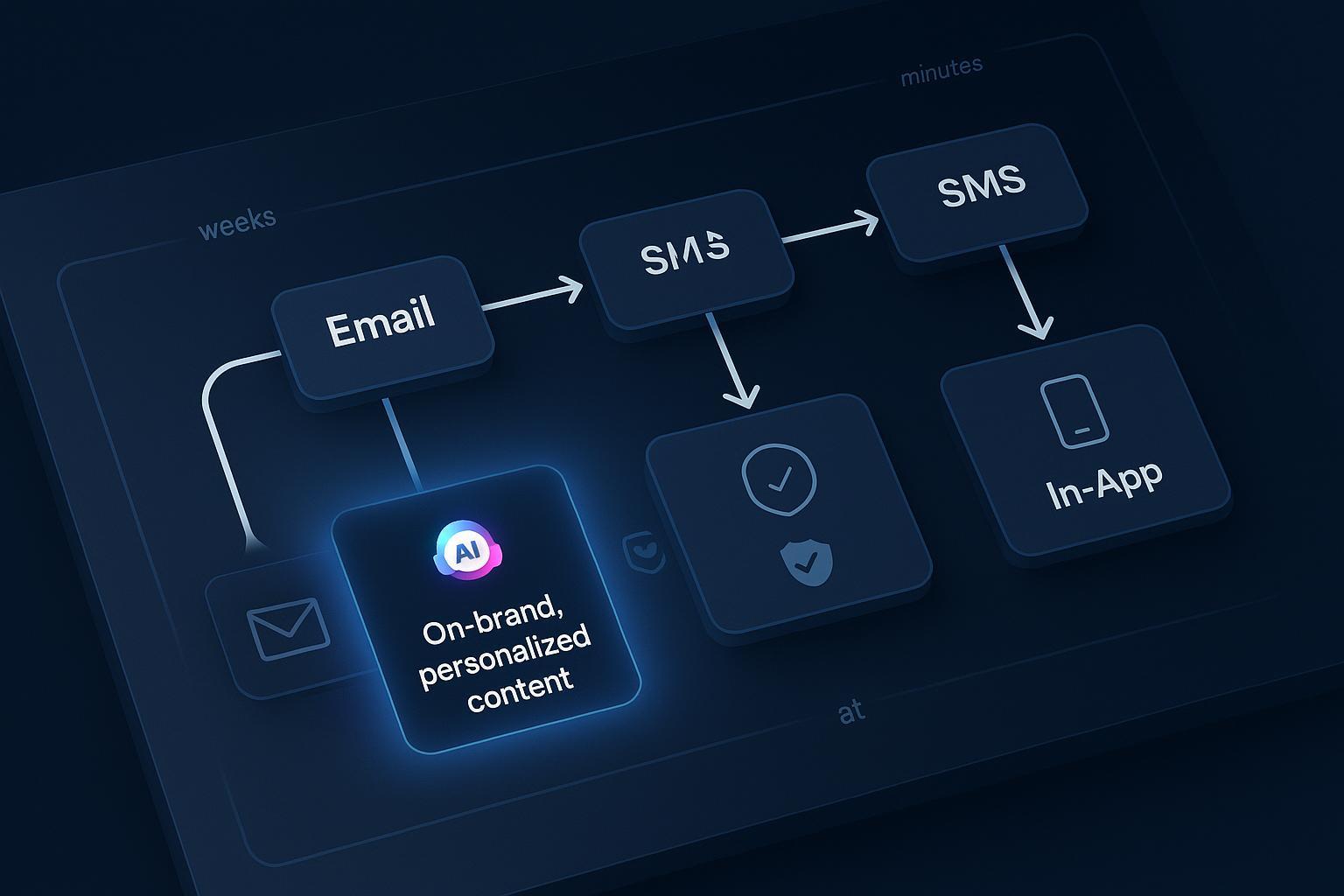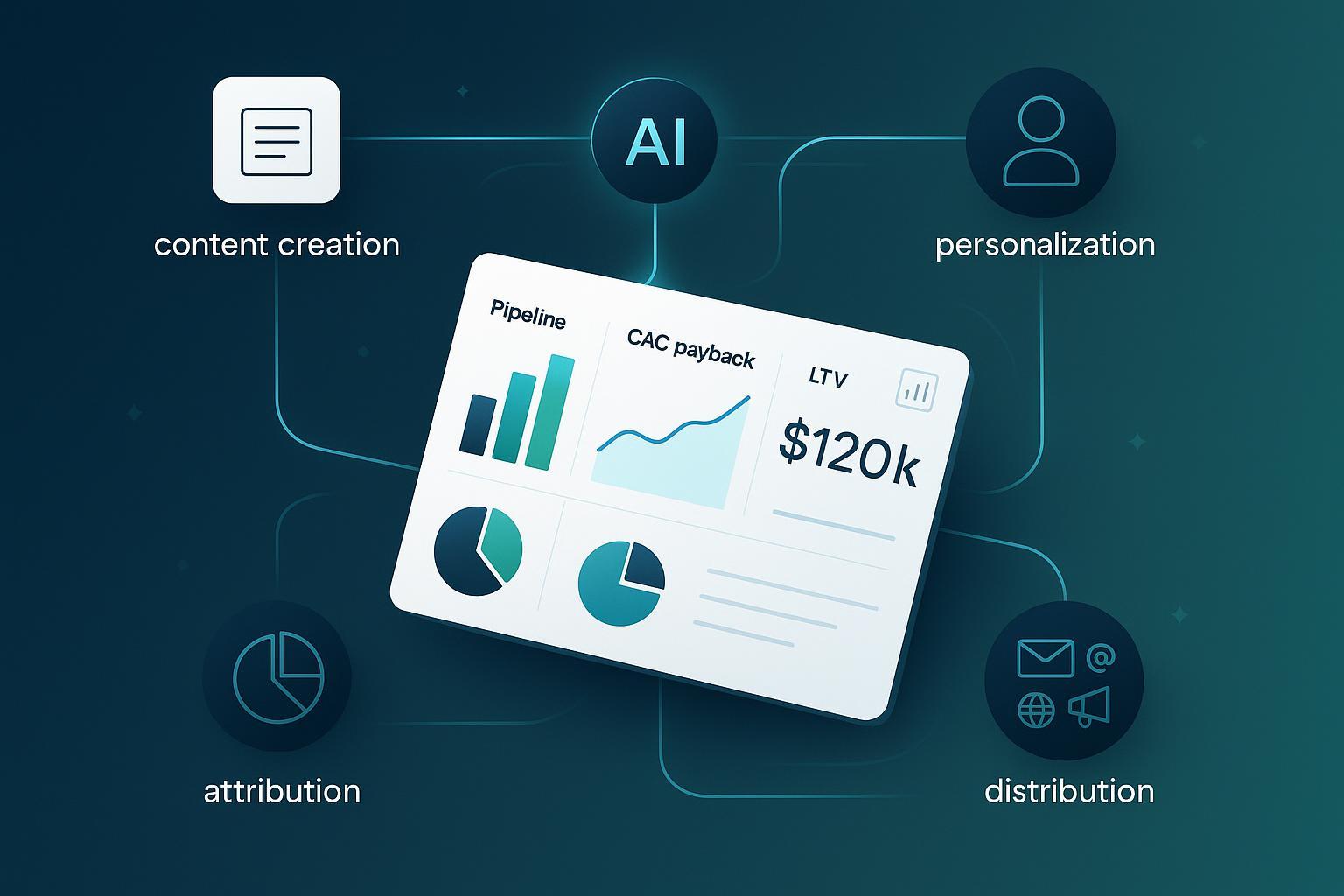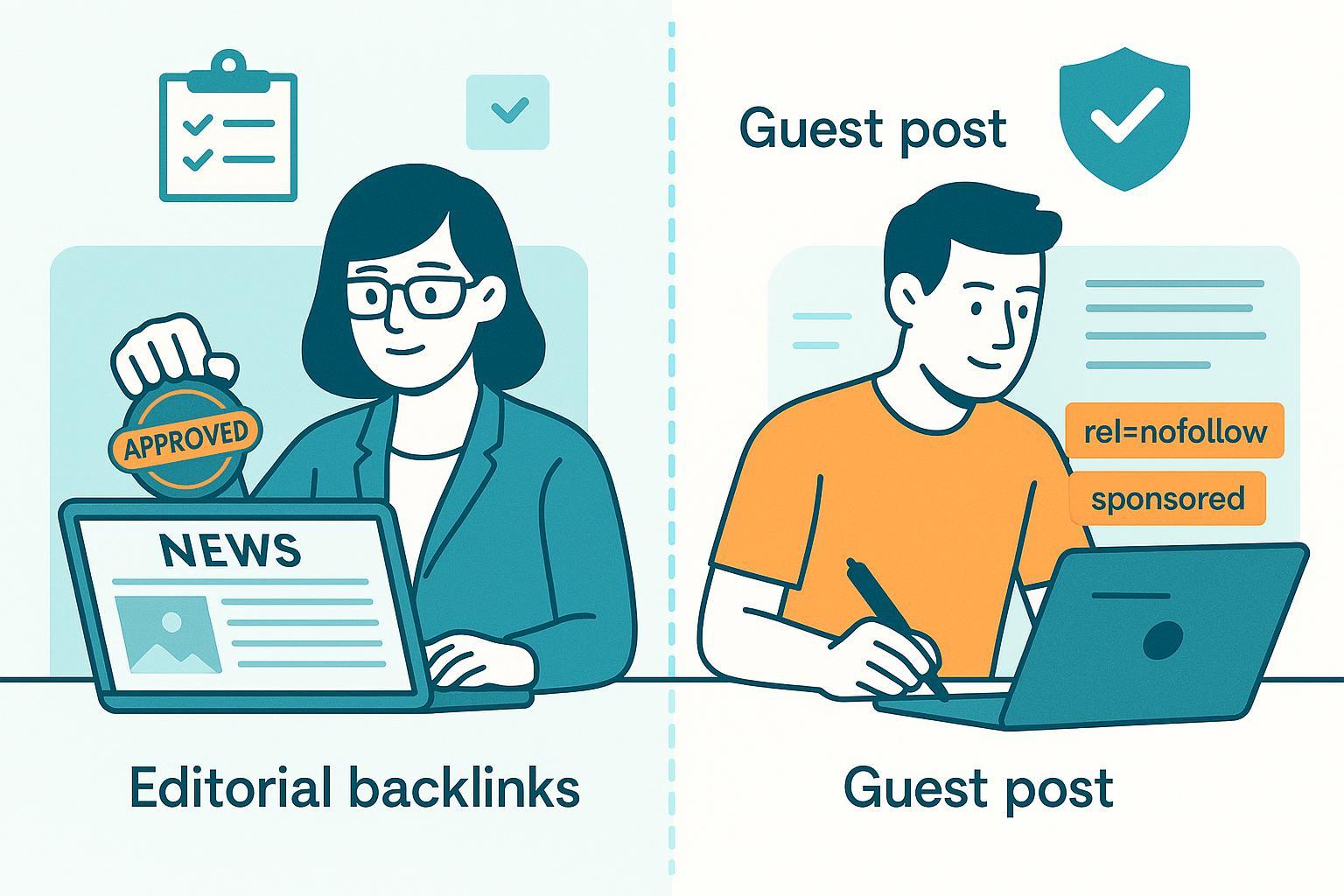What is an Attribution Model? Definition, Types, and Marketing Use Cases
Learn what an attribution model is, its key types (rule-based & data-driven), and how it optimizes marketing. Includes definitions, real examples, and best practices.


One-Sentence Definition
An attribution model is a structured framework that determines how credit for conversions (like sales or sign-ups) is allocated across various marketing touchpoints along a customer’s journey.
Detailed Explanation
In digital marketing, understanding which channels most effectively influence customer decisions is essential for optimizing budget and ROI. Attribution models provide the mathematical or rule-based methods to assign different weights or portions of conversion credit to each interaction—whether it’s an ad click, email open, or social share—leading up to a purchase.
Traditionally, models have been rule-based (such as first-click or last-click), but advanced brands increasingly use data-driven (algorithmic or AI-powered) models to better capture real-world customer behavior. According to AgencyAnalytics, modern attribution frameworks help marketers understand the true impact of each channel, identify wasted spend, and guide channel mix strategies.
Key Types and Components of Attribution Models
| Model Type | How Credit is Assigned | Best For | Potential Pitfalls |
|---|---|---|---|
| Last-click | 100% to final touchpoint | Simple journeys, quick wins | Ignores earlier influences |
| First-click | 100% to initial touchpoint | Brand awareness, early research | Overlooks closing channels |
| Linear | Evenly split across all touches | Long, complex journeys | May dilute main contributors |
| Time Decay | More to recent touches | Long cycles with recency impact | Can undervalue early-stage work |
| Position-based (U-shaped) | Priority to first & last, rest shared | Considered for multi-stage flows | Can miss critical mid-journey |
| Data-driven/Algorithmic | Uses historical data to infer impact | High-volume, sophisticated orgs | Needs robust, clean data |
Data-Driven Models:
- Markov Chain Attribution: This statistical technique models the customer journey as a series of transitions between channels. Credit is assigned based on how much a channel’s removal would decrease overall conversions ("removal effect"). It captures order and interaction, and is excellent for pathways with many touchpoints.
- Shapley Value Attribution: Originating from cooperative game theory, this model works by evaluating all possible channel combinations to estimate each channel’s average marginal contribution. It’s considered highly fair and nuanced, but is computationally intense.
- Machine Learning Models: AI can ingest vast datasets of customer journeys and learn to predict the true incremental effect of channels, but may introduce "black box" challenges and require ongoing validation.
Practical Application: A Real-World Example
Imagine a SaaS brand runs ads, sends emails, and buys social placements. A recent buyer clicks a search ad, later opens two emails, and then converts after seeing a retargeting ad.
- Last-click model: 100% credit to retargeting.
- Linear model: Each of four touches gets 25%.
- Markov model: If removing email drops conversions significantly, email gets higher credit—even if not first or last.
As advanced models (Markov, Shapley) require significant quality data, brands must audit tracking accuracy and consider privacy, cookie decay, and cross-device identification challenges.
Limitations and Best Practices
While data-driven attribution is powerful, it’s not foolproof. Common issues include:
- Insufficient or fragmented data (especially with privacy tools/cookie restrictions)
- Cross-device user journeys being hard to stitch
- Over-attributing to heavily marketed channels unless models are validated
- The need for regular re-evaluation as consumer behavior and tracking tech change For best results, validate models with controlled experiments (lift tests), supplement quantitative findings with qualitative research, and update attribution windows to fit your sales cycle (Statsig Blog).
Related Concepts
- Multi-touch Attribution: Splits credit among multiple touchpoints.
- Last-click Attribution: Assigns all credit to the last channel before conversion.
- First-click Attribution: Assigns all credit to the first channel that initiated the customer journey.
- Data-driven Attribution
- Markov Chain Attribution
- Shapley Value Attribution
- Media Mix Modeling: Aggregate-level channel effect analysis, often used alongside attribution models.
For digital marketers and brand managers aiming to maximize ROI, choosing and validating the right attribution model is foundational for future-proof, efficient marketing decisions.





